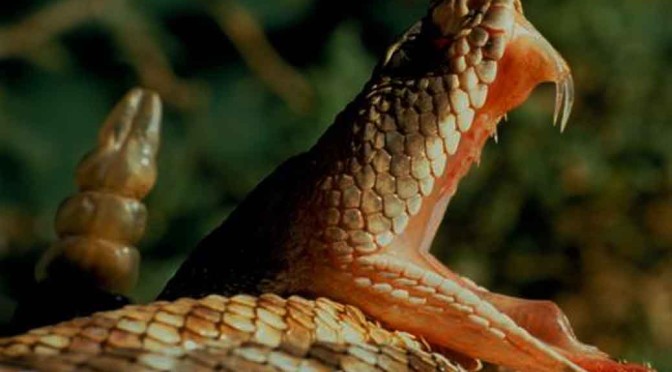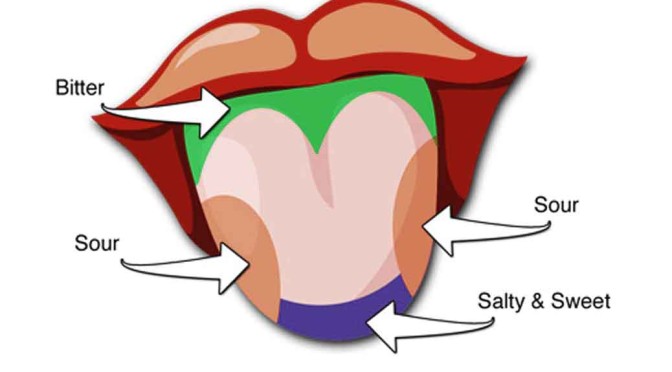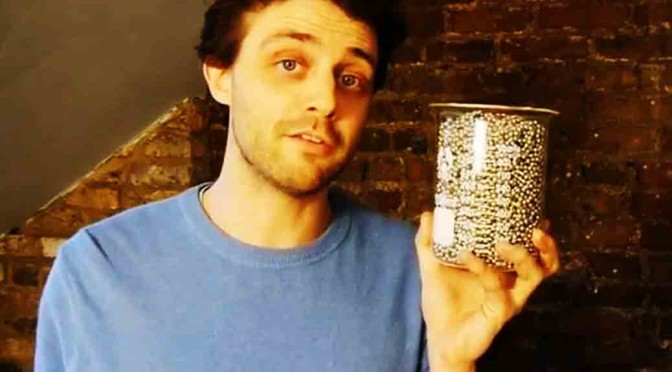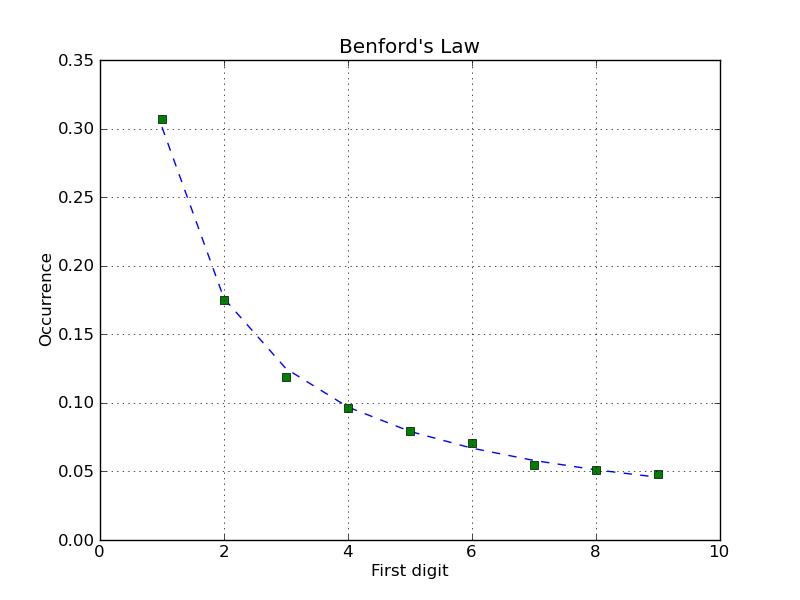By Anupum Pant
Venom and Poison are both toxic substances. Still, some animals are called venomous and others are poisonous. The only difference between being called poisonous or venomous is in the way these animals deliver the harmful substance.
Venom: When animals like snakes use their sharp fangs to bite into the flesh and let the toxic substance move into the body of their prey, through the punctured skin, they are called venomous animals. To deliver venom an animal has to use tools like fangs or stingers.
Poison: Poison is something that can get inhaled, ingested or seeped into the skin directly. For example, if you accidentally touch a brightly colored poison dart frog, you will transfer the toxins it secretes from its skin, to your own skin. And then the poison will seep into your blood stream.
The same substance can be Venom + Poison: Some substances can be both venom and poison depending on how an animal delivers it. eg: Tetrodotoxin – an extremely toxic substance – is found in both puffer fish and in a blue ringed octopus. It is poisonous in a puffer fish and venomous in a blue ringed octopus.
The same animal can be both venomous and poisonous: One example for this is the pelagic sea snake – a snake related to cobra. It has a poisonous flesh and its bite can also deliver a venom.
Non-poisonous Venom: There are some venoms which can be ingested without experiencing any ill effects because it was not designed to survive the acids present in the stomach. These types of venoms won’t get a chance to get absorbed in the blood stream. Before they try that, they might get digested. This is the reason a snake doesn’t die when it swallows its own venom. That doesn’t mean you can try drinking snake venom.
So you can happily go around telling everybody that most snakes aren’t poisonous, because most snakes use fangs to deliver venom, not poison. [Video]
Related articles


















